Key Highlights
- A seasonal HOA maintenance checklist is a vital tool for preserving community aesthetics, safety, and property value.
- Preventive HOA maintenance helps avoid costly repairs by addressing minor issues before they escalate.
- Regular inspections of common areas, including roofs, landscaping, and amenities, are a core part of effective property management.
- Seasonal maintenance tasks must be organized into a calendar to ensure nothing is overlooked throughout the year.
- The board of directors should use the checklist to manage vendor relationships and communicate schedules with residents.
- A structured approach to maintenance protects the association’s assets and enhances the quality of life for homeowners.
Introduction
For homeowners associations (HOAs) and condo boards, maintaining your community’s beauty, safety, and value comes first. A well-organized, seasonal maintenance checklist serves as the roadmap for effective HOA management. This proactive approach ensures that all community assets, from common areas to shared infrastructure, receive the attention they need throughout the year. By following a structured plan, your board can prevent expensive problems, keep residents happy, and protect the long-term health of your community.
Get the HOA Seasonal Maintenance Checklist (PDF)
Just tell us where to send it, and we’ll deliver your printable checklist instantly.
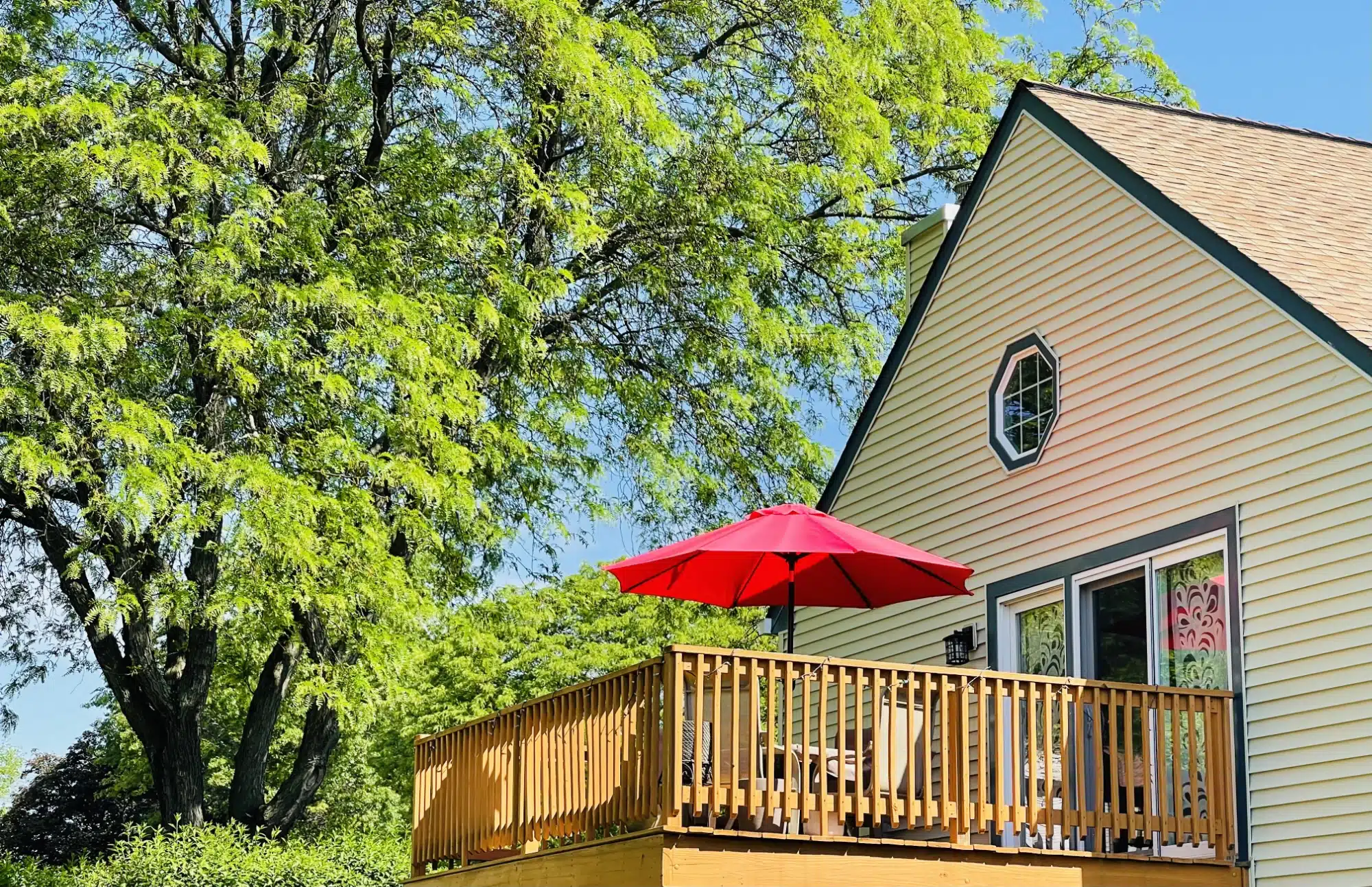
The Value of Seasonal HOA Maintenance for Bucks County PA Communities
Why is it important for HOAs to follow a maintenance checklist? In communities across our beautiful Bucks County, PA, regular maintenance is not just about keeping things looking nice; it’s a critical strategy for protecting property value. Preventive maintenance ensures that your community remains a desirable place to live.
For community associations, a proactive plan prevents small problems from turning into major expenses. By addressing key seasonal maintenance tasks methodically, your HOA management team can uphold community standards and ensure a safe, functional environment for every resident. This section will explain how a seasonal checklist saves money and why it’s an essential tool for your board.
How Preventive Care Saves Money and Prevents Hassles
A proactive approach to maintenance is one of the most effective ways to manage your HOA’s budget. Implementing a preventive maintenance plan allows your board to identify and address minor issues before they become major, costly repairs. Catching a small roof leak, for instance, is far cheaper than dealing with widespread water damage and structural problems later on.
In the long run, this strategy saves the association a significant amount of money. Unexpected repairs often require special assessments or drain reserve funds, creating financial strain and resident frustration. Consistent upkeep prevents these scenarios, ensuring that funds can be allocated to planned projects and community enhancements instead of emergencies.
A detailed maintenance checklist provides the framework for this proactive care. It ensures that regular inspections are scheduled and completed, giving you a clear picture of the community’s condition and empowering you to make informed financial decisions that benefit everyone.
Why Every HOA Needs a Seasonal Maintenance Checklist
A seasonal maintenance checklist is the ultimate organizational tool for HOA board members. It transforms the monumental task of community upkeep into a manageable, year-round process. Without a checklist, important tasks can be forgotten, leading to deferred maintenance and safety liabilities.
This document serves as a guide for your HOA management team, ensuring that all aspects of the property receive consistent attention. It provides a systematic way to plan, schedule, and track regular inspections and repairs. For board members, it creates accountability and a clear record of due diligence.
A comprehensive checklist should be tailored to your community’s specific needs but generally includes:
- Common Areas: Parks, clubhouses, pools, playgrounds, and walking trails.
- Building Exteriors: Roofs, siding, gutters, and foundations.
- Infrastructure: Roads, sidewalks, parking lots, and lighting.
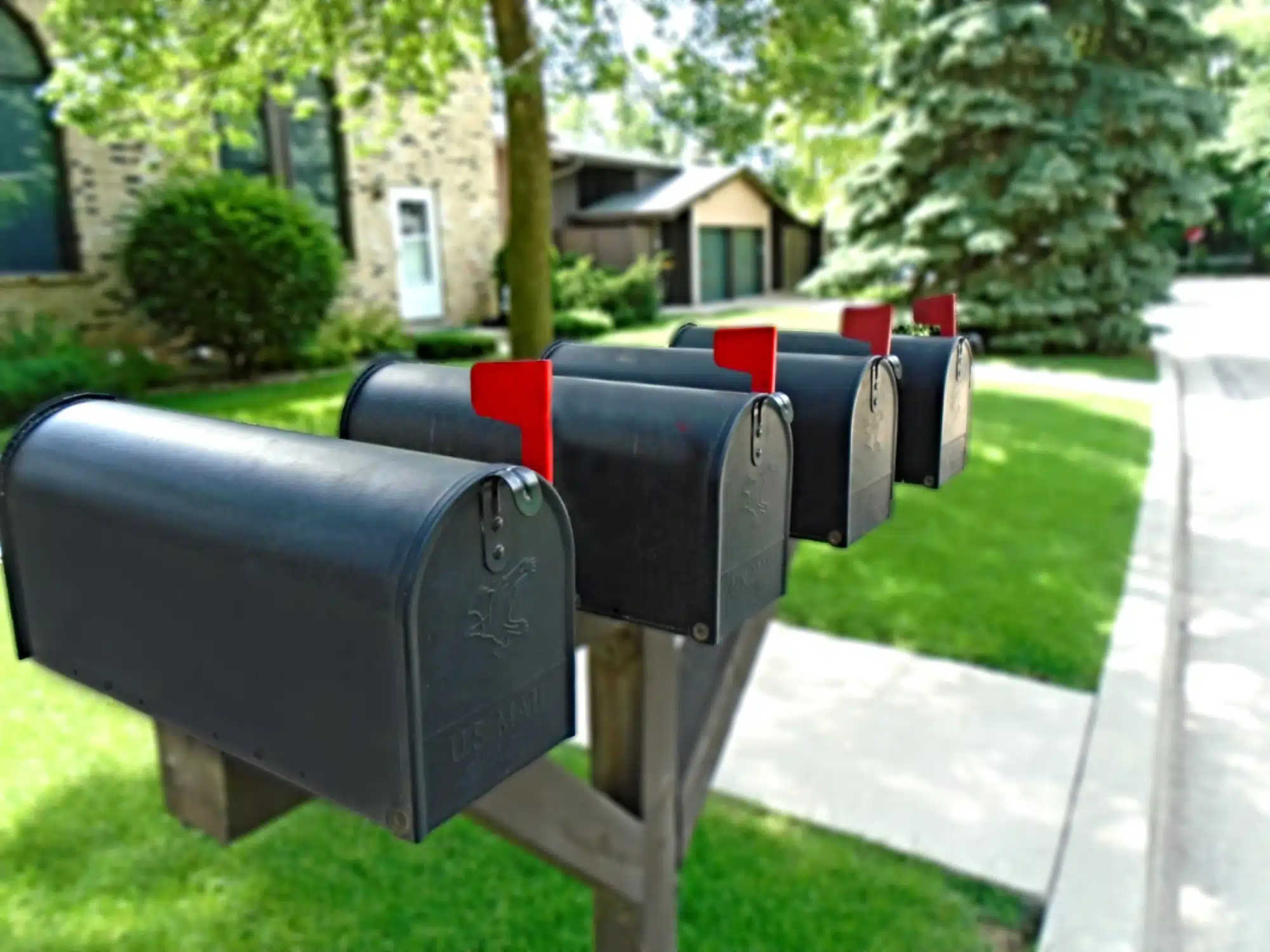
How to Build Your Annual HOA Maintenance Calendar
Creating an annual maintenance calendar is the next logical step after developing your checklist. This calendar helps the board of directors schedule maintenance activities logically throughout the year, preventing overwhelm and ensuring timely completion. It acts as a practical timeline for all planned upkeep.
Your management company can be an invaluable partner in this process, offering expertise to help structure the calendar effectively. The goal is to distribute tasks across the seasons, aligning them with weather patterns and community usage. Below, we’ll cover how to schedule these tasks and what tools you can use to stay organized.
Scheduling Tasks Across Spring, Summer, Fall, and Winter
Organizing your maintenance checklist by season makes routine maintenance much more efficient. How often should HOA maintenance tasks be performed? The frequency depends on the task itself. Some items require daily attention, while others are inspected annually. Your community’s governing documents may also specify certain maintenance standards.
A well-structured schedule ensures that tasks are performed at the most logical time. For example, preparing the pool happens in the spring, while winterizing the irrigation system is a fall activity. This seasonal maintenance approach prevents last-minute scrambling and helps you manage vendor contracts more effectively.
Here is a general guideline for scheduling frequencies:
| Frequency | Example Tasks |
|---|---|
| Daily | Trash removal from common areas, cleaning entryways. |
| Weekly | Landscaping (mowing), pool chemical checks. |
| Monthly | Gutter checks, irrigation system tests, lobby cleaning. |
| Annually | Roof inspections, HVAC system servicing, pavement sealing. |
Tools for Tracking and Sharing Maintenance Schedules
An HOA board can use a maintenance checklist to manage community facilities by using modern tools to track progress and communicate with stakeholders. Gone are the days of relying solely on paper spreadsheets. Digital tools offer a streamlined way to manage your maintenance calendar and improve vendor management.
An experienced HOA management company often provides access to specialized software designed for this purpose. These platforms allow you to assign tasks, track their completion, store inspection reports, and manage payments all in one place. This creates a transparent and easily accessible record of all maintenance activities.
For effective communication and management, consider implementing:
- Shared Digital Calendars: Tools like Google Calendar or an ICS file allow board members and managers to see upcoming tasks at a glance.
- Community Management Software: Platforms like ManageCasa streamline everything from maintenance requests to resident notifications.
- Vendor Portals: A dedicated system for coordinating with vendors ensures everyone is on the same page regarding schedules and expectations.
Spring HOA Maintenance Checklist for Community Longevity
As winter thaws, spring is the perfect time to focus on exterior maintenance and prepare common areas for the warmer months ahead. This part of your maintenance checklist addresses any damage from winter weather and ensures the community looks its best. Fulfilling these maintenance obligations is key to upholding community standards.
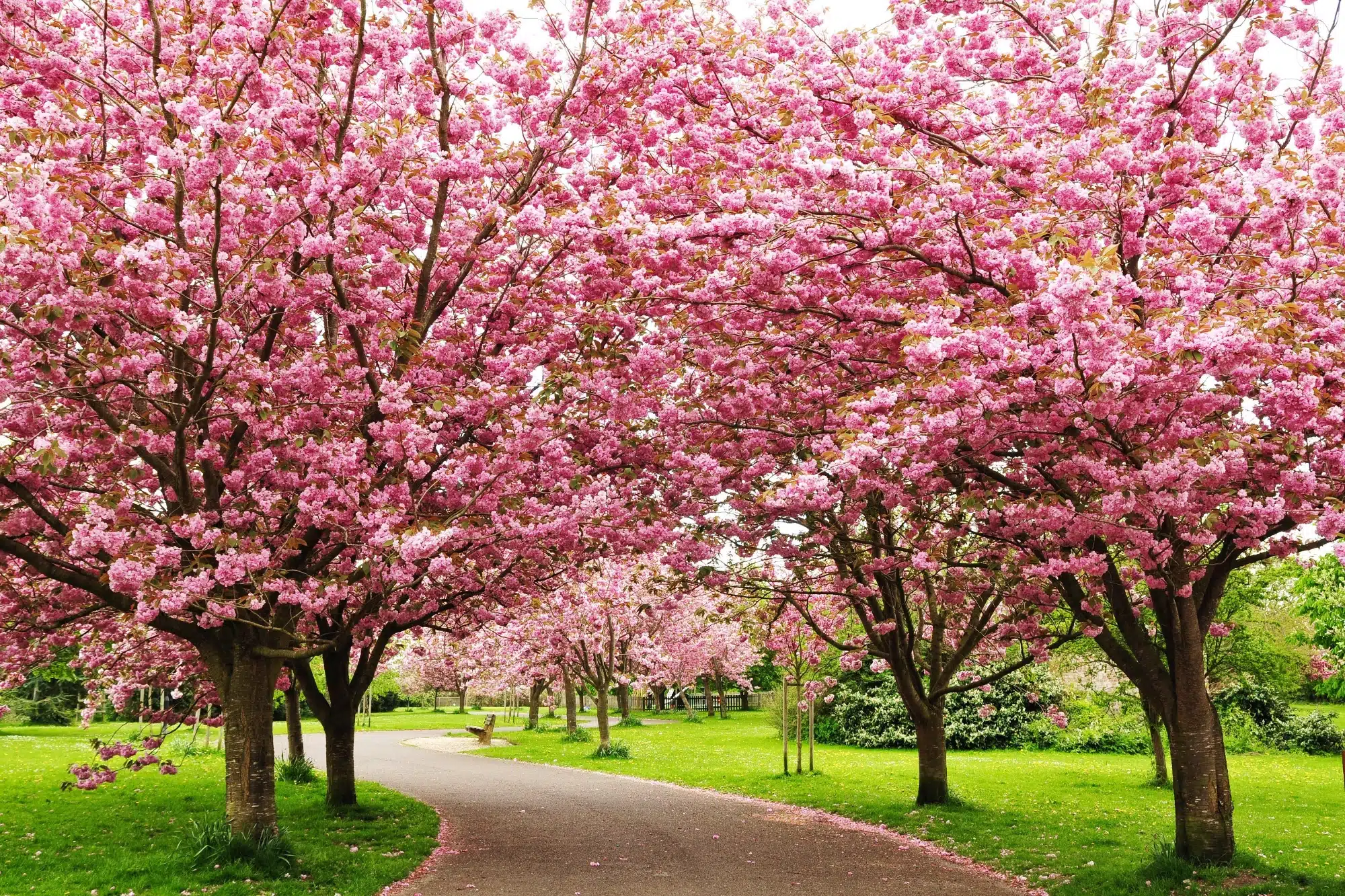
Your spring checklist should cover a wide range of areas, from the tops of the roofs to the grass in the parks. The following sections break down the essential tasks for inspecting structures, checking drainage, and readying your shared amenities.
Inspecting Roofs and Exterior Structures
After a harsh winter, your first priority should be inspecting all exterior structures for signs of wear and tear. Your property management team or a qualified vendor should conduct regular inspections to identify issues like missing shingles, cracked siding, or peeling paint. These are key maintenance responsibilities that protect the structural integrity of your buildings.
Look closely at roofs, which can take a beating from snow and ice. Early detection of leaks or damage can save the association from extensive interior repairs down the line. Similarly, walls, foundations, and other structural components should be checked for cracks or settling.
Your spring inspection checklist for exteriors should include:
- Roofs: Check for missing or damaged shingles and signs of leaks.
- Siding and Walls: Inspect for cracks, warping, or peeling paint.
- Doors and Windows: Ensure weatherstripping and caulking are intact to maintain energy efficiency.
Checking Drainage Systems and Landscaping
Proper drainage is essential for preventing water damage to foundations, walkways, and common areas. Spring is a critical time for these maintenance tasks, as melting snow and heavy rains can quickly reveal problems. Ensure gutters and downspouts are clear of leaves and debris that accumulated over the winter.
Landscaping is another key seasonal maintenance task for spring. Revitalizing your community’s green spaces enhances its aesthetic appeal and gets it ready for residents to enjoy. This includes everything from lawn care to updating flower beds.
Your spring drainage and landscaping maintenance activities should involve:
- Gutters and Downspouts: Clean them thoroughly to ensure water flows away from buildings.
- Irrigation Systems: Turn systems back on and check for leaks or broken sprinkler heads.
- Landscaping: Begin lawn care, trim trees and shrubs, and add fresh mulch to flower beds.
Readying Amenities and Recreation Areas
With warmer weather on the horizon, residents will be eager to use the community amenities. Your spring maintenance checklist must include preparing these shared spaces for increased traffic. This is a perfect example of how an HOA board can use a checklist to manage community facilities effectively.
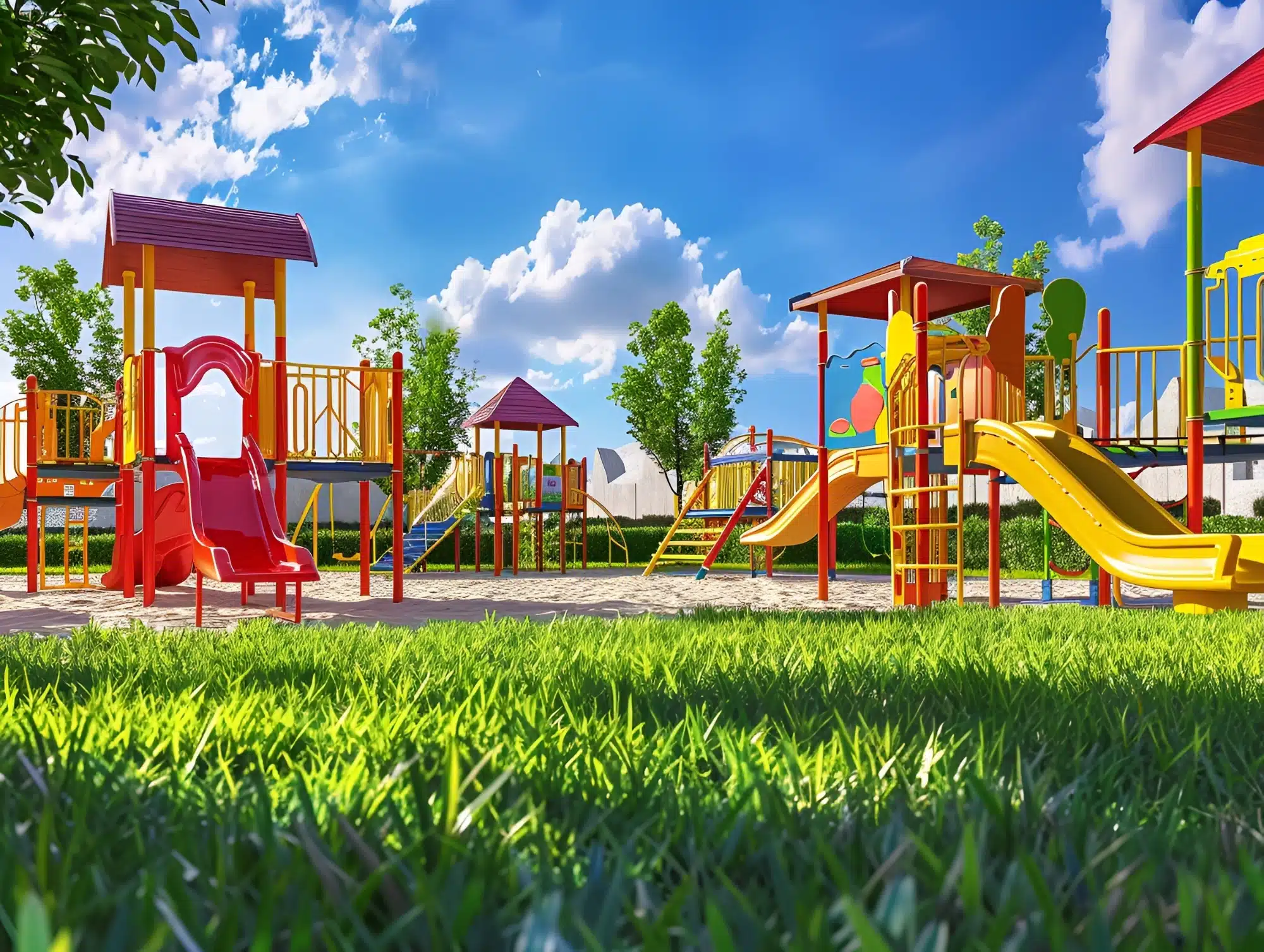
Start with the pool, fitness centers, and playgrounds. These areas require regular maintenance to ensure they are safe, clean, and fully operational. This is also a good time to inspect security cameras and lighting around these high-traffic zones to ensure they are functioning correctly.
Key tasks for readying community amenities include:
- Pools: Clean, treat, and inspect all equipment to prepare for opening day.
- Playgrounds: Check all equipment for safety hazards and make necessary repairs.
- Clubhouses and Fitness Centers: Perform a deep clean and service any equipment.
- Outdoor Furniture: Clean and repair benches, tables, and other shared furnishings.
Summer Maintenance Must-Dos for HOAs
Summer brings high temperatures and increased use of outdoor facilities, shifting the focus of HOA maintenance tasks. Your property management team should prioritize common area upkeep to ensure residents can safely enjoy the amenities. These maintenance activities are crucial for a positive community experience.
Key seasonal maintenance tasks for summer include servicing HVAC systems, maintaining pools, and inspecting paved surfaces. Proper attention to these areas not only enhances quality of life but can also impact your community’s insurance. Here’s what your board should focus on during the hottest months.
Servicing HVAC Systems and Air Conditioners
During the peak of summer, functioning HVAC systems in common areas like clubhouses and fitness centers are a necessity, not a luxury. Regular maintenance of these systems prevents unexpected breakdowns and ensures energy efficiency, which helps control utility costs for the association.
Adding HVAC servicing to your maintenance checklist is also a matter of compliance and risk management. Depending on your state law and governing documents, the HOA may be responsible for these systems. Neglecting them can lead to costly failures and uncomfortable residents. Performing small repairs and routine servicing can prevent major replacements.
Key summer HVAC tasks include:
- Filter Replacement: Change filters in all common area HVAC units.
- System Inspection: Have a professional inspect and service all air conditioning units.
- Thermostat Checks: Ensure thermostats are functioning correctly for optimal cooling.
Maintaining Pools and Outdoor Facilities
Pools and other outdoor facilities are the heart of many communities in the summer. Consistent pool maintenance is non-negotiable for health and safety. This includes daily chemical checks, regular cleaning, and ensuring all safety equipment is in place and accessible.

Beyond the pool, other outdoor areas also require attention. Proper drainage around pool decks and patios prevents standing water, which can create slip hazards and breeding grounds for pests. It’s also important to inspect any outdoor water lines for leaks to avoid waste and water damage.
Your summer checklist for outdoor facilities should address these maintenance issues:
- Pools: Conduct daily water testing and cleaning.
- Safety Equipment: Inspect life rings, first aid kits, and safety signage.
- Pest Control: Implement measures to control insects around recreational areas.
- Landscaping: Continue regular watering and lawn care to combat summer heat.
Asphalt, Paving, and Parking Lot Upkeep
High temperatures and heavy traffic can take a toll on asphalt surfaces like parking lots, private roads, and walkways. These common elements are a significant asset for the community, and their upkeep should be a priority. Summer is an ideal time for maintenance projects like crack sealing and repainting lines.
Conducting regular inspections helps you spot signs of wear, such as cracks, potholes, or fading stripes. Addressing these issues promptly not only improves the community’s appearance but also prevents safety hazards for vehicles and pedestrians. Small repairs can often delay the need for a much more expensive repaving project.
Your summer paving checklist should include:
- Crack Sealing: Fill any cracks in asphalt to prevent water from seeping in and causing further damage.
- Pothole Repair: Address any potholes in roads and parking lots.
- Line Striping: Repaint parking space lines and directional arrows for clarity and order.
Fall Maintenance Tips for Bucks HOA Safety
As summer ends in Bucks County, fall maintenance activities become focused on preparing the community for the colder months ahead. This is a crucial time to address potential safety hazards and fulfill maintenance obligations for common and limited common elements. Are there special maintenance tasks HOAs should complete in the fall? Absolutely.
Proactive fall maintenance prevents damage from ice, snow, and freezing temperatures. Key tasks include cleaning gutters, winterizing irrigation systems, and ensuring the property is secure before the first frost. The following sections outline the essential fall checklist items for your community.
Gutter Cleaning and Leaf Removal
Gutters play a vital role in directing water away from buildings, preventing damage to roofs and foundations. As leaves begin to fall, it’s essential to clear gutters and downspouts to ensure proper drainage. Clogged gutters can lead to overflow, which may cause water to pool around walkways and entrances, posing slip hazards for residents.
Checklist for Gutter Cleaning:
- Remove leaves and debris from gutters and downspouts.
- Check for any signs of rust or damage; repair if necessary.
- Ensure all downspouts direct water away from the foundation.
Prepping Irrigation and Sprinkler Systems
Preparing irrigation systems for winter is crucial to avoid costly repairs and damage. As temperatures drop, water left in pipes can freeze and expand, leading to cracks. To prevent this, HOAs should:
Checklist for Winterizing Irrigation Systems:
- Shut off the main water supply to the irrigation system.
- Drain all pipes and sprinkler heads to remove any residual water.
- Insulate exposed pipes with foam covers or heat tape.
- Schedule a professional blowout service if necessary.
Inspecting Outdoor Lighting
With shorter days ahead, ensuring that outdoor lighting is functional becomes even more important for safety.
Planning for Community Winterization
Planning for Community WinterizationAs the first frost approaches, a proactive approach to winterizing community spaces can enhance safety and comfort for residents. This process not only includes maintenance tasks but also preparation for adverse weather conditions.
Checklist for Community Winterization:
- Inspect and repair outdoor lighting fixtures to ensure pathways and common areas are adequately illuminated.
- Confirm that all walkways are free of debris and hazards, as icy conditions can create treacherous surfaces.
- Store away or secure any garden furniture and decorations that could be damaged by harsh weather.
Winter Maintenance Essentials for HOAs
Winter brings unique challenges, from managing winter storms to preventing water damage from frozen pipes. During these months, routine upkeep is focused on safety and preventing costly deferred maintenance. It is one of the core HOA responsibilities to ensure the community remains safe and accessible.
An effective winter plan, as outlined in your winterization strategy, is put to the test now. The board must focus on snow removal, clear communication with residents, and proactive measures to protect the property from cold-weather threats. Here are the essential tasks for navigating the winter season.
Snow Removal and Safe Walkways
Timely and thorough snow removal is arguably the most critical winter task for community associations. Icy sidewalks and snow-covered parking lots are major safety hazards that can lead to slip-and-fall accidents and potential liability for the HOA. The board of directors has a duty to keep common areas in excellent condition.
Your snow removal plan should clearly define which areas are the HOA’s responsibility and establish trigger depths for plowing and shoveling. It is vital to have a reliable vendor on contract who understands your community’s specific needs and can respond quickly after a storm.
Your snow and ice management plan should specify:
- Priority Areas: Identify primary access roads, walkways, and entrances for immediate clearing.
- De-icing Protocols: Determine when and where salt or other de-icing agents will be applied.
- Resident Communication: Inform residents about parking restrictions during snow removal operations.
Emergency Plans and Resident Communication
Winter storms can lead to power outages or other emergencies. Having clear emergency plans in place is essential for the safety and well-being of your residents. Your HOA management team or management company should have protocols for these situations, including contact information for emergency services and utility companies.
Effective communication is just as important. Board members should use multiple channels—email, text alerts, and community websites—to keep residents informed about storm warnings, snow removal schedules, and any service disruptions. This transparency helps manage expectations and reduces resident frustration.
Your winter communication plan should include:
- Emergency Contact Lists: Maintain an updated list of resident and vendor contacts.
- Communication Channels: Establish a primary method for sending out urgent updates.
- Clear Instructions: Provide guidance on what to do during a power outage or other emergency.
Preventing Frozen Pipes and Costly Damage
Frozen pipes are a winter nightmare that can lead to some of the most costly repairs an HOA will face. When water lines freeze and burst, the resulting water damage can be catastrophic. Prevention is the only sensible approach, and it should be a prominent item on your winter maintenance checklist.
This includes ensuring all exposed water lines in common areas are properly insulated. For vacant units or seasonally used buildings like a pool house, ensure the heat is kept at a low but safe temperature (typically above 55°F) to prevent pipes from freezing. These small efforts can prevent thousands of dollars in damage.
Key steps to prevent frozen pipes include:
- Insulation: Check and reinforce insulation on pipes in unheated areas like basements, attics, and crawl spaces.
- Heating: Maintain a minimum temperature in all buildings with plumbing.
- Resident Education: Remind homeowners of their responsibility to prevent frozen pipes within their own units.
Best Practices for Effective HOA Maintenance Planning
A structured approach is the key to successful maintenance planning. This involves more than just a checklist; it requires careful budgeting, proactive vendor management, and regular reviews of your maintenance calendar. Working with a professional management company can help you implement these best practices efficiently.
To ensure your plan remains effective, consider conducting a periodic maintenance audit to identify gaps and areas for improvement. The following best practices will help your board prioritize tasks, manage vendors, and keep your community in top shape for years to come.
Prioritizing Deferred Tasks and Budgeting
Deferred maintenance can quickly spiral out of control, leading to declining property values and resident dissatisfaction. The board of directors must create a system for prioritizing these postponed tasks alongside routine upkeep. This process requires careful budgeting and long-term financial planning.
How do boards prioritize deferred maintenance? A common method is to categorize tasks based on urgency, impact, and cost. Your property management team can help assess which major projects pose the greatest risk if delayed further. This allows the board to allocate funds from the reserve study or operating budget strategically.
A simple prioritization matrix can help guide decisions:
| Priority Level | Urgency | Impact on Community |
|---|---|---|
| High | Immediate safety hazard or risk of major damage | Affects resident safety, property value, or operations |
| Medium | Could become a major issue within 6-12 months | Affects aesthetic appeal or resident convenience |
| Low | Cosmetic issue or long-term improvement | Minor impact on daily life or property value |
Managing Vendor Relationships and Inspections
Strong vendor management is critical to executing your maintenance activities successfully. This means not just hiring qualified and insured professionals but also building positive, long-term relationships with them. A good management company can be instrumental in vetting vendors and negotiating favorable contracts that align with your governing documents.
Set clear expectations from the start. Contracts should detail the scope of work, performance standards, and schedules. Regular inspections are necessary to ensure that vendors are meeting these standards and that the work is completed correctly. This holds vendors accountable and protects the association’s investment.
Best practices for vendor management include:
- Vetting Thoroughly: Always check references, insurance, and licenses before hiring a vendor.
- Using Detailed Contracts: Clearly outline all expectations, timelines, and payment terms in a written agreement.
- Conducting Performance Reviews: Regularly evaluate vendor performance to ensure you are receiving quality service.
Conclusion
In conclusion, a well-structured seasonal maintenance calendar is essential for HOAs and condos to ensure the longevity and safety of their communities. By implementing preventive maintenance practices, boards can save money, reduce emergencies, and enhance the quality of life for residents. Each season comes with its own unique set of tasks; from spring inspections to winterization plans, being proactive not only mitigates potential hazards but also strengthens community trust. To streamline your planning process, we encourage you to download our Seasonal Checklist and Calendar. This resource will help you effectively manage maintenance schedules and keep your community thriving year-round.
Frequently Asked Questions
What should be included in a winterization plan for HOAs?
A winterization plan should include essential maintenance tasks like insulating to prevent frozen pipes, securing a contract for snow removal, shutting down seasonal amenities like pools, and reviewing emergency plans for storms. It’s a proactive strategy to protect property and ensure resident safety during the colder months.
How do boards prioritize deferred maintenance?
The board of directors prioritizes deferred maintenance by assessing urgency, safety impact, and cost. Using a maintenance checklist, they can categorize major projects that pose the greatest risk if delayed. This allows for strategic budgeting and ensures the most critical issues are addressed first to protect the community’s assets.
Which maintenance tasks have the greatest impact on HOA insurance?
Tasks that prevent catastrophic claims have the greatest impact. This includes regular inspections of roofs and plumbing to prevent water damage, maintaining clear and safe walkways to reduce liability, and ensuring fire hydrants and safety systems are functional. Effective property management of these items can help control insurance premiums.

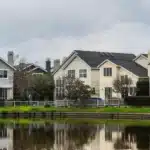
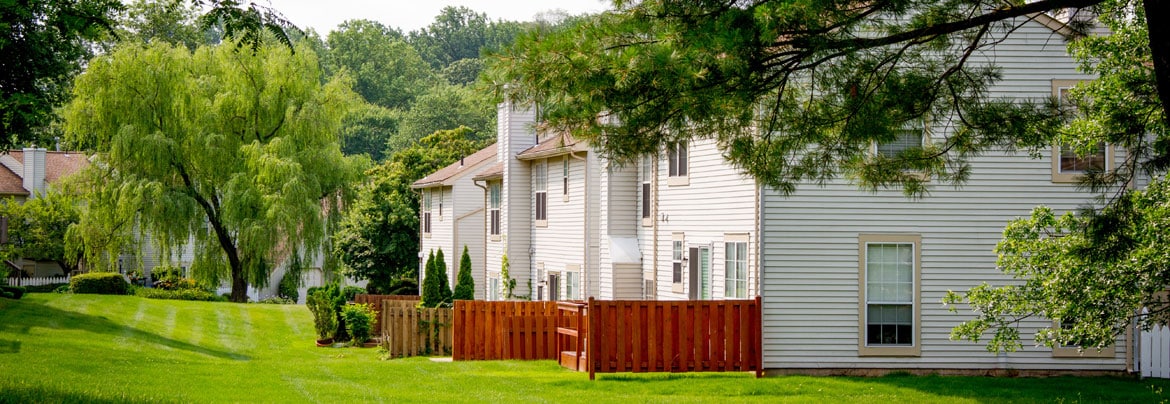
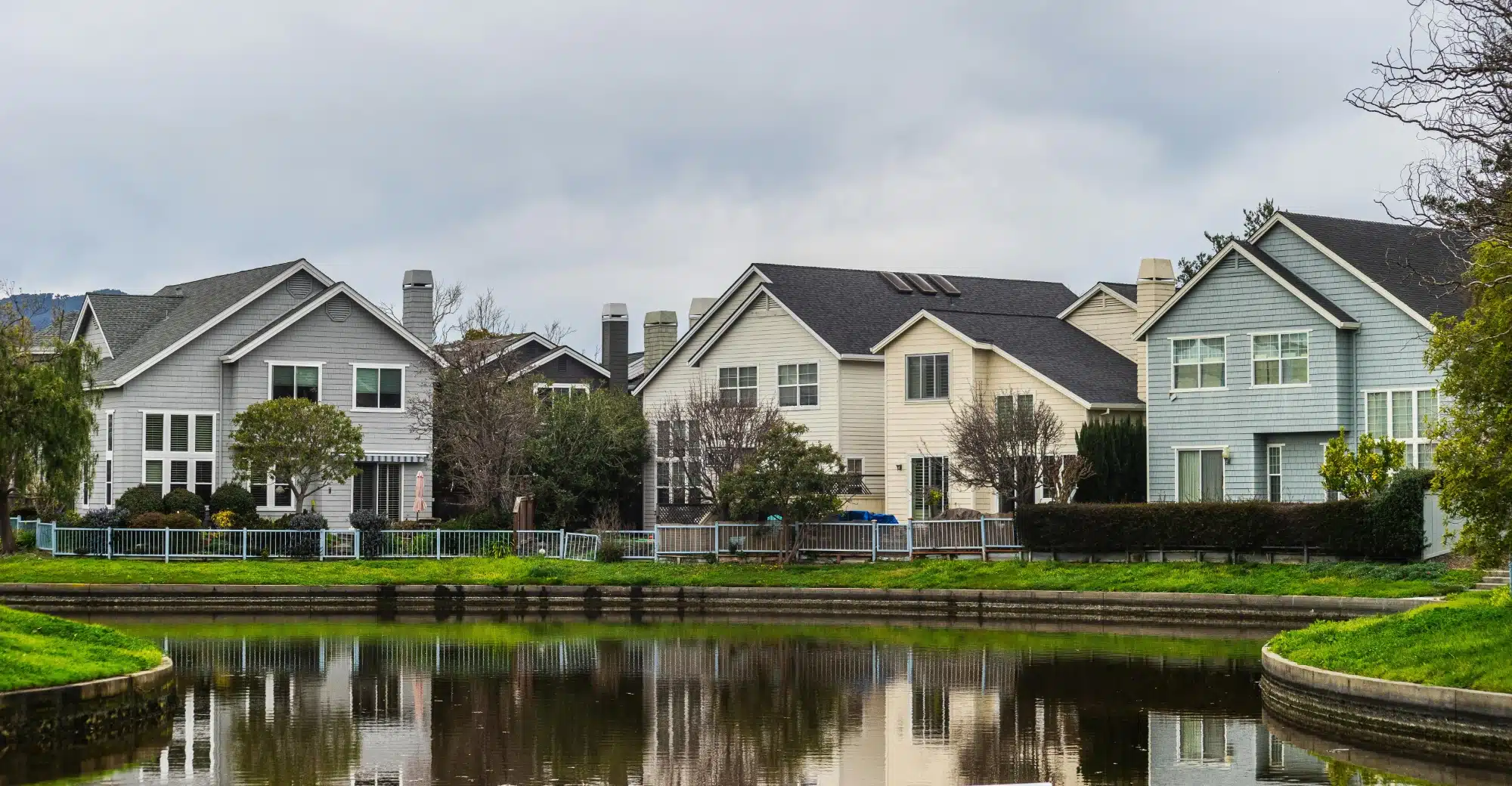
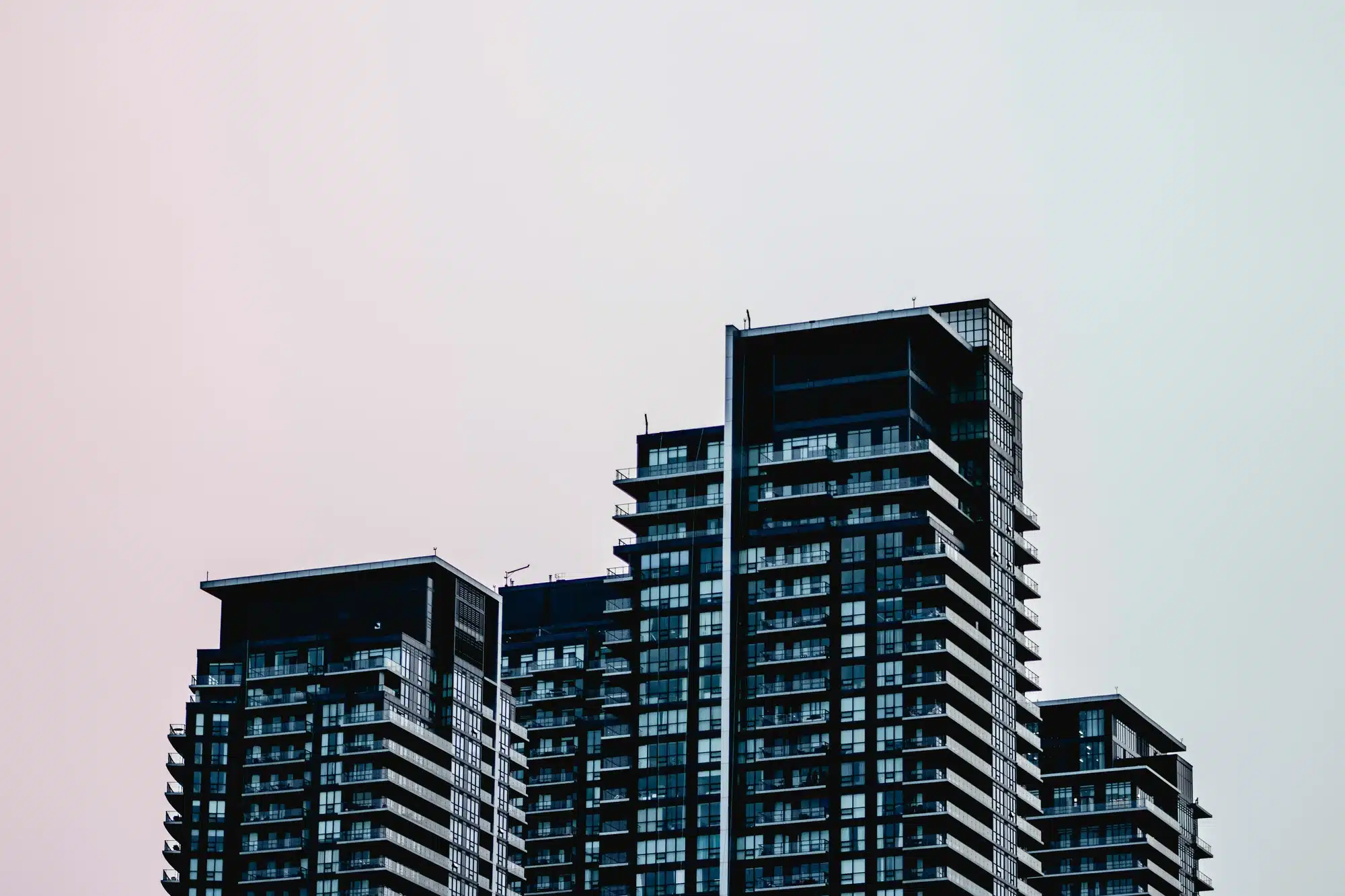

1 thought on “Is Your HOA Maintenance Checklist Ready for Every Season?”